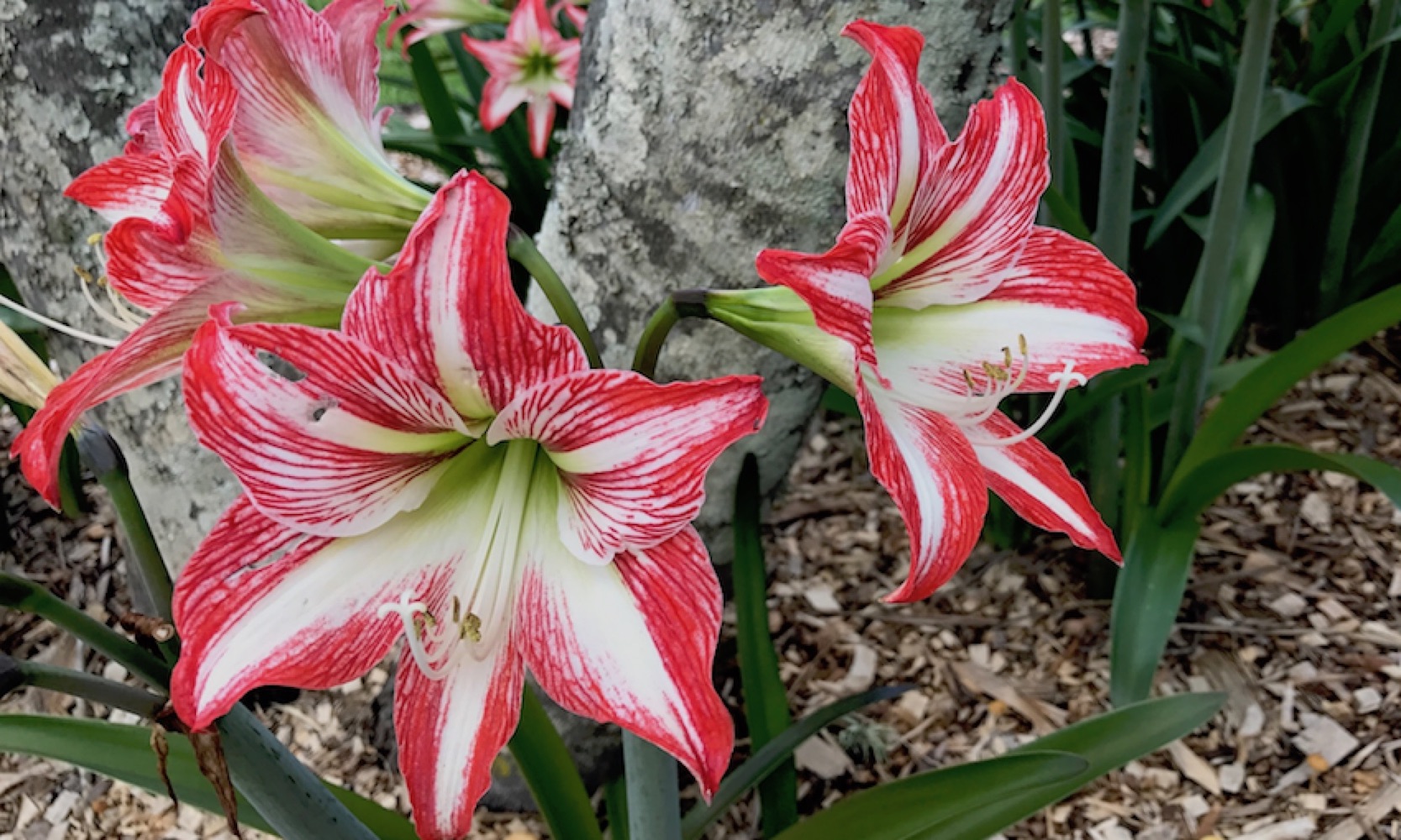Transitioning gender is an uncharted heady mix of recasting your relationships with yourself, your family, colleagues, friends & strangers, for most, beginning a course of cross sex hormones to induce a second, more appropriate puberty, and for some, but not all, consulting one or more surgeons to determine what surgeries may be beneficial to your transition.
Earlier this year, I was invited by Plastic Surgery Hub to write a series of blog posts for their website. Plastic Surgery Hub are an award winning patient and practitioner website dedicated to connecting Australian patients with fully qualified and suitably experienced Australian Specialist Plastic Surgeons and practitioners. They have an extremely large presence on Social Media with over 23,000 unique members on their Instagram and Closed Facebook Groups and over 10,000 visitors to their website every week.
It was an exciting, yet daunting, opportunity to put my words, and my life, in front of so many new readers. Here is my first instalment:
For as long as I can remember, I have been aware of the existence of cosmetic and plastic surgery, and what they meant to their partakers. I didn’t personally know anyone that had partaken, to the best of my knowledge, but I fully supported people doing what they thought best for their own bodies. I had no problem with others availing themselves, though I always knew that it wasn’t for me. But that was back when I thought I was a cisgender* man. Nearly three years ago, in a landslide of emotions and unearthed memories I realised that I was in fact a transgender** woman. Now I’m on track to pay around $75,000 in surgery and associated costs over the next couple of years.
Nearly two years after first introducing into my body two delicious female sex hormones, and another to block my testosterone (the hormonal transition) and 8 months after I began presenting full time as female (the social transition), it is nearly time to commence my surgical transition. Three years ago I knew nothing about the types of transitional surgeries available, but now, finances notwithstanding, after years of extensive reading, watching and listening, I have a short list (in order of likelihood that each will actually happen) of gender affirmation surgery, breast augmentation, facial affirmation surgery and vocal affirmation surgery.
Gender affirmation surgery, for me as I’m transitioning male to female, essentially means a vaginoplasty (removing my gonads and refashioning my genitals into a neo-vagina and labia. It involves quite a lot of rest and healing time: 6 to 8 weeks off work, 2 months of only gentle exercise and 3 months of avoiding everything energetic. This surgery I consider will be life saving.
Breasts continue to grow for years after commencing hormonal transition, so it is a good idea to wait until they stop growing before considering breast augmentation. Mine are still growing, so I have parked this decision for now.
Facial affirmation surgery would mean using certain specialised surgical techniques to bring my entire face to within normal female range. Most people haven’t considered this, but there are very few definitively gender based facial characteristics apart from male facial hair. Facial characteristics tend to exist in a spectrum and most people have a combination of both male and female characteristics that our brains use to sort faces into male, non-binary or female. My face, although generally male in appearance, is substantially naturally within normal female range, so any surgery would probably only require forehead feminisation, hair transplants, a lip lift and a rhinoplasty.
Vocal affirmation surgery would mean using several tiny sutures to join only a few millimetres of my vocal cords together. This would increase the pitch of my voice to within normal female range. As I am currently undertaking specialist voice training that sounds like it will successfully bring my voice to within normal female range, I probably won’t end up proceeding with the vocal affirmation surgery.
To transition fully will cost me around $100,000 all up, and for someone that doesn’t have much in the way of savings (this is common for transgender folk as severe depression has often interfered with our ability to work what others would consider a normal work load), the financial impact is much more worrying to me than the surgical impact. One step at a time though. First off, I’m soon to have my first appointment with my gender affirmation surgeon. Waiting lists for this type of surgery are often around 7 to 9 months, so it isn’t something that is just around the corner for me, but I do have plenty to do in the meantime, so the time should pass quickly enough. Some of the waiting time is to force you to carefully consider that this is what you should be doing with your body … the implications of making the wrong decision are fairly dire. The rest of the waiting time is because although there are many cosmetic and plastic surgeons in Australia, only 1 or 2 surgeons are able to perform gender affirmation surgery for those transitioning from male to female. 2019 should be a very challenging year for me.
*Cisgender: where a person’s gender identity matches the sex that they were assigned at birth.
**Transgender: where a person’s gender identity doesn’t match the sex that they were assigned at birth.
